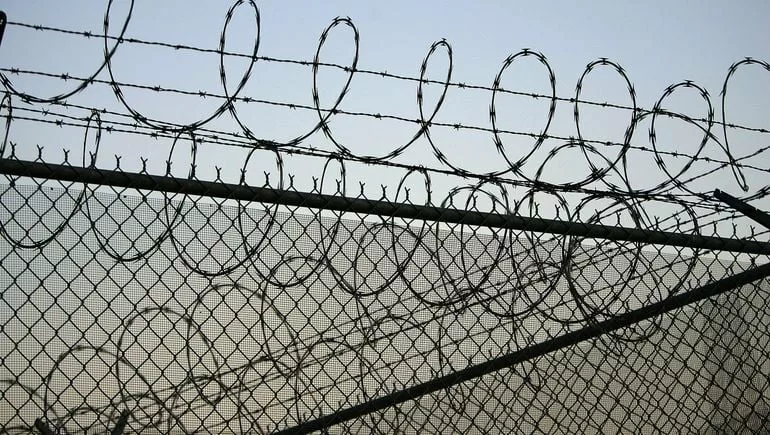[ad_1]
Stacy Burnett is manager of the Access to Prison Education Initiative at the digital library JSTOR.

The U.S. Supreme Court will soon decide the fate of President Joe Biden’s student debt relief plan. About 26 million student loan forgiveness applicants await the verdict to see if their applications will go through. Yet even if Biden’s plan stands, a significant population is still at risk of being left out: the estimated 200,000 people behind bars who have student debt.
Based on the average annual household incomes for those imprisoned who are carrying student debt, the majority will qualify for $20,000 in student debt cancellation. The problem is, they cannot apply — not because they are ineligible, but because they are overlooked.
The application process relied on a phone or the internet, neither of which is readily accessible to the incarcerated. A paper version was available, but there is no distribution plan for it inside carceral settings.
Downsides of leaving these students behind are significant. Ninety-five percent of those in prison are released, and many will come out with debt that will hamper their ability to reintegrate and contribute to their communities. The struggles America’s student borrowers experience are well-known, whether it’s the inability to purchase a home or delaying having children. But the burden is higher for the formerly incarcerated. A person with a criminal record earns 52% less yearly than someone without a conviction.
Assuming Biden’s student debt relief plan moves forward, we need to address the inequities incarcerated borrowers face by providing viable ways to access this program. First, correctional facilities can add the Department of Education’s toll-free numbers to their approved calling list. Prisons already make toll-free numbers available to incarcerated people to conform to the rules set forth in the Prison Rape Elimination Act. Next, each correctional facility could post notices inside housing units and in their general and law libraries to alert people that they need to call to apply for student debt cancellation.
JSTOR Access in Prison Initiative has compiled an information sheet, available here, with the assistance of the Center for American Progress to help incarcerated people know how to apply for the relief. Even if the Supreme Court strikes down student debt cancellation, incarcerated borrowers still should have access to www.studentaid.gov or the toll-free number for Federal Student Aid inside all correctional facilities so they can benefit from the income-based repayment plans available to every other citizen. Facilities need to approve the telephone numbers and websites, and prohibit telecom providers from charging for the phone calls or screen time necessary to apply. These small measures can help to ensure those with student debt spread across thousands of carceral settings receive the relief they are legally entitled to.
Ten million Americans cycle through the prison industrial complex every year, with nearly 2 million people confined on any given day. Sealing people inside concrete blocks not only hides them from society, but also ensures information from the outside cannot penetrate those walls. The inability to access programs available to every other American can perpetuate harm that persists long after the sentence is over.
Difficulties accessing student debt cancellation are the most current iteration of this information deficit. If Biden’s plan stands, we can change that. And if it doesn’t, we should still learn to account for the inequities our incarcerated citizens face in accessing information and programs essential to changing their lives for the better.
[ad_2]
Source link
Meet Our Successful Graduates: Learn how our courses have propelled graduates into rewarding
careers. Explore their success stories here!
Discover More About Your Future: Interested in advancing your teaching career? Explore our
IPGCE, MA, and QTS courses today!

Explore Our Courses: Ready to take the next
step in your education journey? View our
comprehensive course offerings now!

